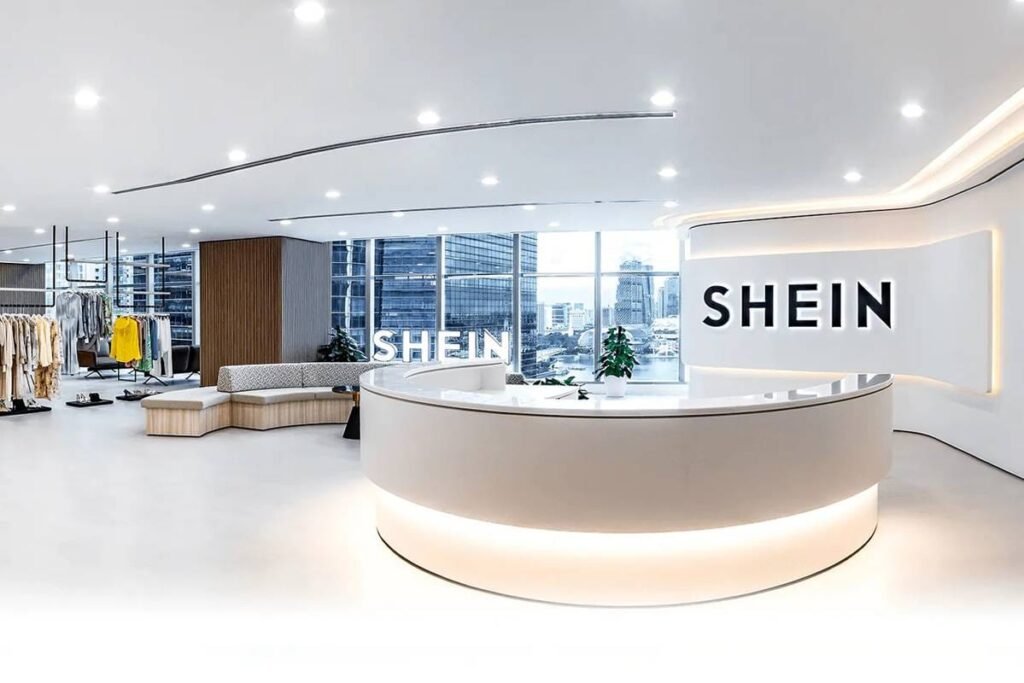
Fast-Fashion Giant Faces Pressure Over Consumer Rights
Global fast-fashion powerhouse Shein is once again under the microscope — this time for its product safety standards. The Singapore-headquartered e-tailer, which has built a reputation for lightning-fast trend adoption and ultra-low prices, announced that it will increase its product safety testing by 25% in 2025.
The decision follows mounting scrutiny from the European Union (EU), which has accused the company of consumer rights violations related to unsafe products. For Shein, the world’s most downloaded shopping app in recent years, the move represents both a defensive strategy against regulators and a bid to reassure skeptical customers who are growing increasingly concerned about product quality and corporate accountability.
A $14 Million Commitment to Safety
In a statement released earlier this week, Shein confirmed that it will conduct 2.5 million product safety tests this year, compared to the 2 million carried out in 2024. To support this effort, the company has earmarked $14 million USD, which will be directed toward testing infrastructure, partnerships with global agencies, and expanding its internal safety standards.
Shein’s collaboration list is notable: Bureau Veritas, Intertek, QIMA, SGS, and TÜV SÜD — some of the most respected names in global product certification — will play a role in validating the company’s claims. This external verification could prove critical in convincing regulators and consumers alike that Shein is serious about reform.
Why Safety Became a Priority
The announcement comes amid a storm of criticism. Earlier in May, the Consumer Protection Cooperation (CPC) Network, part of the European Commission, revealed that Shein had breached multiple EU consumer protection laws. The violations largely centered around concerns that some products sold through its massive online marketplace failed to meet chemical safety and flammability standards, raising potential risks for buyers.
One of the biggest challenges Shein faces is the sheer scale of its inventory. According to the BBC, the company lists nearly 600,000 items daily — an almost unthinkable number for regulators to monitor and for internal teams to quality-check. With styles changing at breakneck speed, ensuring consistent safety oversight is a logistical nightmare.
To address this, Shein has implemented an “Approved Fabrics Library” — a curated database of textiles that have already passed its internal safety requirements. Designers are now restricted to selecting only from these pre-approved fabrics, a move that Shein says will ensure greater consistency and accountability.
Since April 2025, children’s clothing has faced even stricter requirements, including mandatory chemical and flammability tests, reflecting heightened sensitivity around products designed for young consumers.
EU Regulatory Pressure: What’s at Stake
The EU has signaled that it will not tolerate repeated safety lapses. Should Shein fail to comply, regulators have warned that national consumer watchdogs in member states could issue fines or impose legal restrictions.
For a company whose rapid rise has been fueled by access to Western markets, especially in Europe, such penalties could have significant consequences. Beyond immediate financial costs, enforcement actions could damage Shein’s brand image, erode consumer trust, and even slow down its aggressive expansion strategy.
In many ways, Shein’s latest announcement feels less like a voluntary step forward and more like a necessary concession to keep operating freely within one of its most lucrative regions.
Balancing Growth With Accountability
Shein’s safety announcement is just one part of a much larger conversation around the company’s global reputation. While it has managed to dominate the fast-fashion sector by offering trendy clothing at unprecedented speed and affordability, critics argue that this business model comes at the expense of labor standards, environmental sustainability, and transparency.
Labor Practices: The company has faced accusations of poor working conditions in supplier factories, with reports of long hours and low wages.
Environmental Impact: With an endless churn of new styles and ultra-cheap clothing, Shein has become a symbol of overproduction and textile waste, raising alarms among sustainability advocates.
Consumer Protection: From counterfeit designs to questionable materials, Shein has repeatedly been called out for practices that clash with international standards.
By investing millions into product testing, Shein appears to be acknowledging at least one piece of this puzzle. However, whether safety reforms alone are enough to shift public perception remains uncertain.
The Bigger Picture: A Test for Fast Fashion
Shein’s strategy could also signal a broader shift for the fast-fashion industry as a whole. Competitors such as Zara, H&M, and Boohoo are all watching closely as regulators tighten the screws on product quality, ethical sourcing, and environmental practices.
If Shein succeeds in aligning with EU expectations, it could set a new standard that other online retailers will be pressured to follow. Conversely, if its reforms are deemed insufficient, it could embolden regulators to crack down even harder — not only on Shein but across the sector.
Looking Ahead: What to Expect in 2025 and Beyond
As Shein pushes forward with its testing expansion, several questions remain unanswered:
Will regulators be satisfied? Increased testing is a start, but EU officials may demand even more transparency and accountability before backing down.
How will consumers respond? Trust once broken can be hard to rebuild. Even with stricter protocols, customers may remain wary unless Shein communicates its reforms clearly and consistently.
What about sustainability? Safety testing may reduce consumer risks, but it does little to address Shein’s environmental footprint — an issue that continues to attract global attention.
Could this spark a ripple effect? If Shein is forced to permanently change its practices, the ripple could reshape the global fast-fashion industry, forcing other brands to accelerate reforms.
Final Thoughts
Shein’s decision to boost product safety testing by 25% in 2025 is both a defensive move against EU pressure and a necessary evolution for a company that has long operated in a regulatory gray zone. By allocating $14 million toward safety measures and partnering with respected agencies, Shein is attempting to prove that it can scale responsibly without sacrificing consumer trust.
But the fast-fashion giant still walks a fine line. Balancing explosive growth, global expansion, and ethical responsibility will require more than just safety tests. It will demand a fundamental reassessment of its practices — from supply chain labor conditions to environmental sustainability.
For now, Shein has bought itself time. The real test will be whether these reforms mark the beginning of a genuine transformation — or simply a tactical maneuver to appease regulators.
Omarex Media will continue tracking this story as Shein navigates the tension between unstoppable growth and rising accountability.




